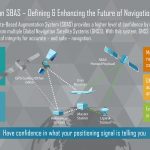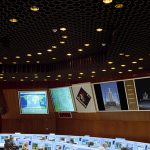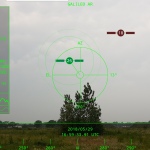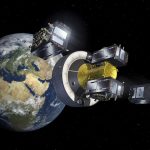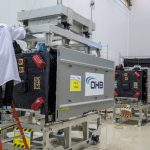Europe To Mandate Smart Phones Use Galileo Signals
The European Commission (EC) is on track to mandate that smart phones in the European Union (EU) be capable of using signals from the Galileo satellite navigation system as well as other systems including GPS.
The move is part of a broad space strategy launched in October 2016 to strengthen the EU’s space program and maximize its benefits.
By Dee Ann Divis

